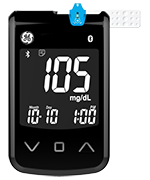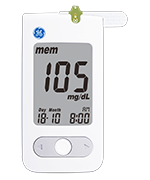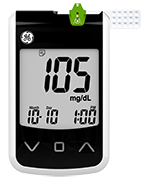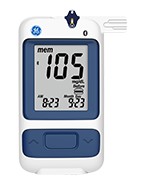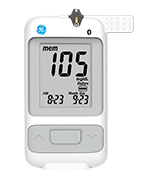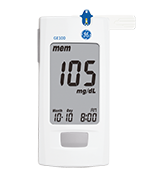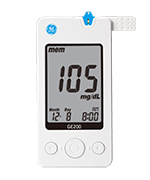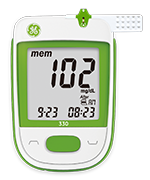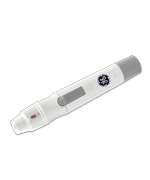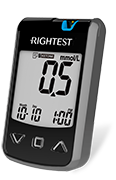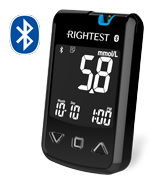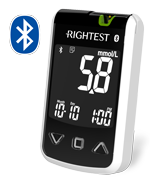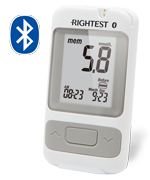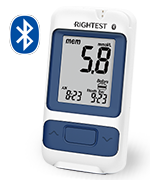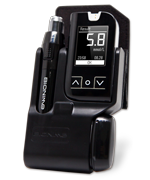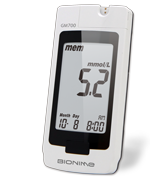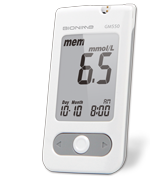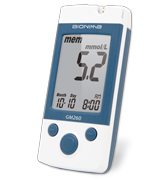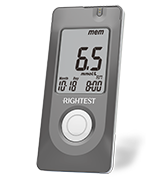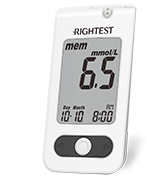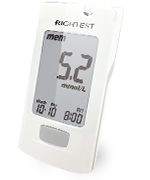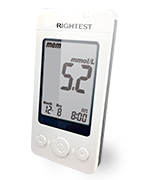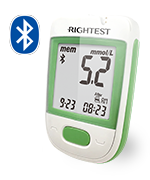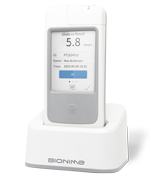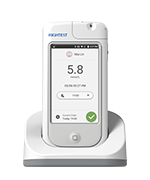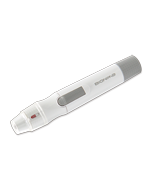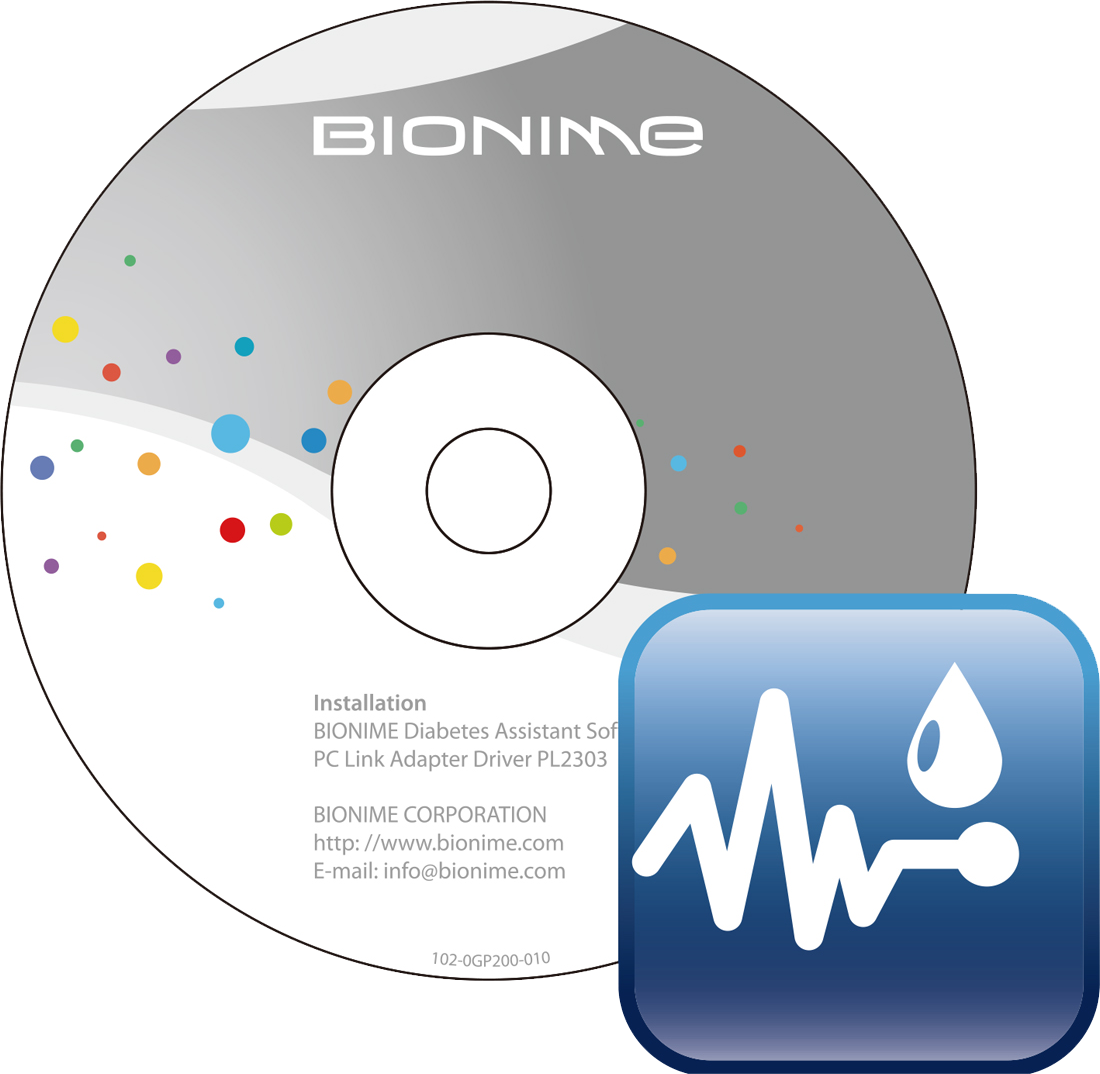What is glycated hemoglobin?
What is glycated hemoglobin?
Glycated hemoglobin (HbA1c or A1c) is a good tool for evaluating blood glucose. The American Diabetes Association (ADA) recommends that diabetes patients be tested twice per year when their blood glucose is controlled and stable. Patients wihtout good blood glucose control should be tested once a quarter. Patients do not need to be tested on an empty stomach.
Glucose attaches to red blood cells via a process called glycation. Higher blood glucose concentrations correspond to higher glycation. Since the life of a red blood cell is approximately 90 to 120 days, HbA1c reflects the blood glucose of the patient over this time period. The ADA recommends that the ideal HbA1c control target for blood glucose of non-pregnant adults with diabetes is less than 7%. With better HbA1c control, more effective prevention or delay of complications is possible. However, the control target should still be individualized to each patient according to their age, whether or not there are complications, and whether or not there is the occurrence of low blood glucose.
In addition to evaluating blood glucose control results, HbA1c can also be used for diagnostic purposes after passing NGSP certification. If HbA1c is higher than 6.5%, and repeated testing confirms this, the patient is considered diagnosed with diabetes.

Source: American Diabetes Association


